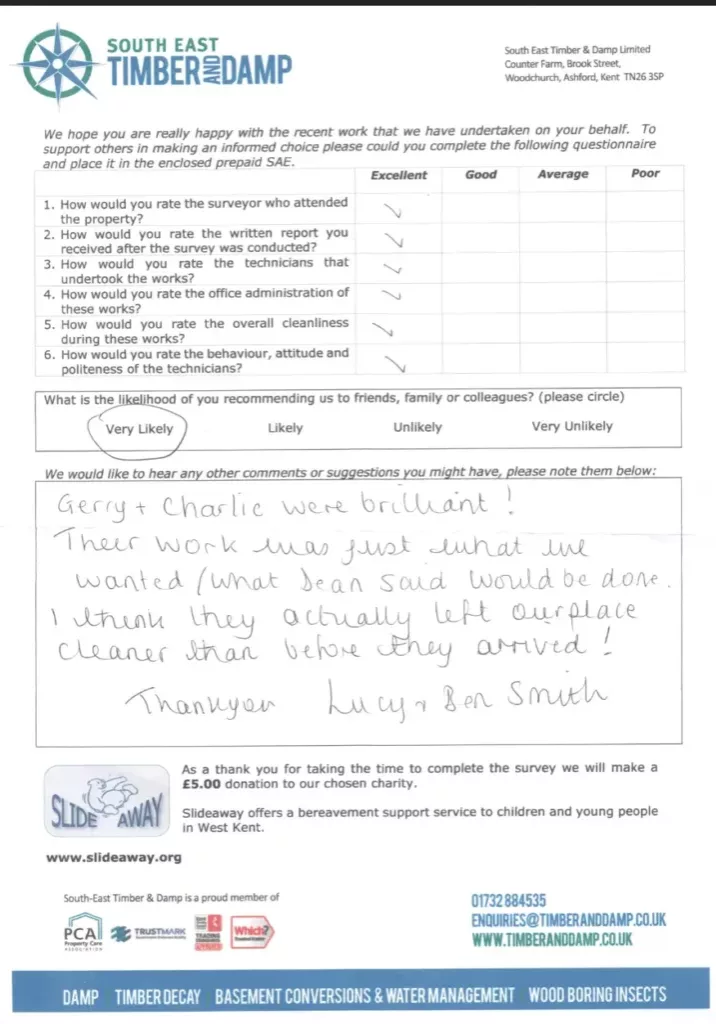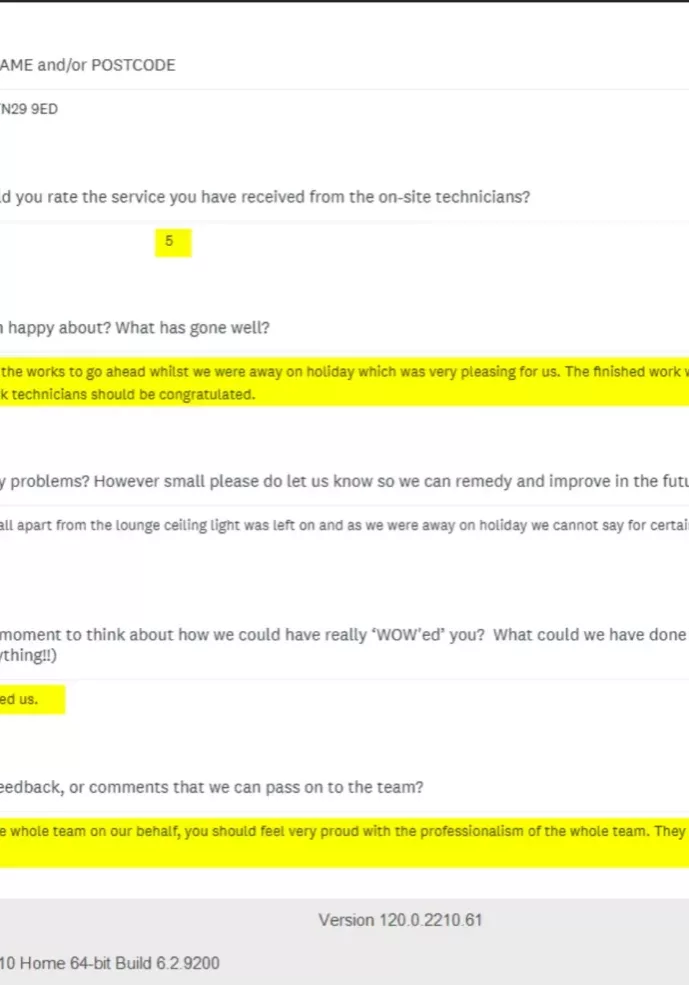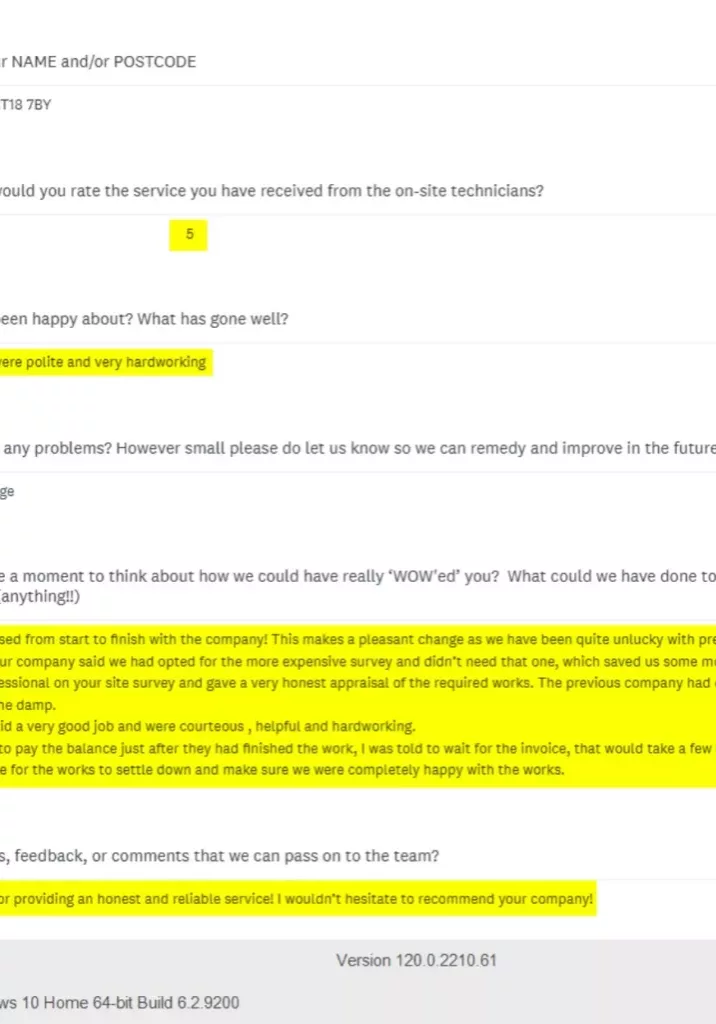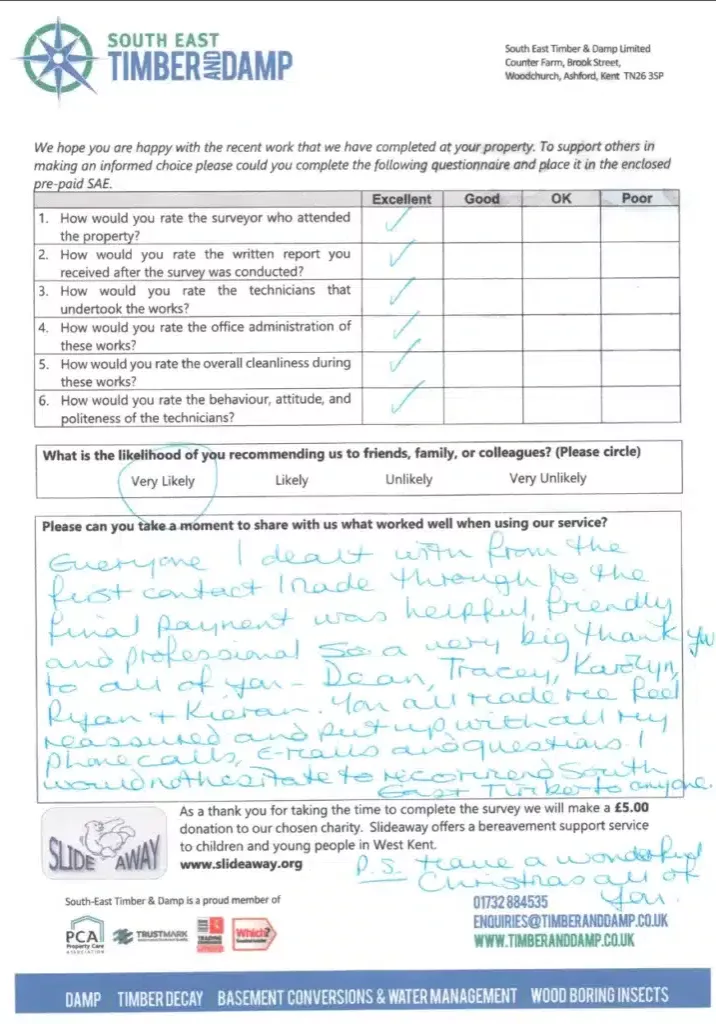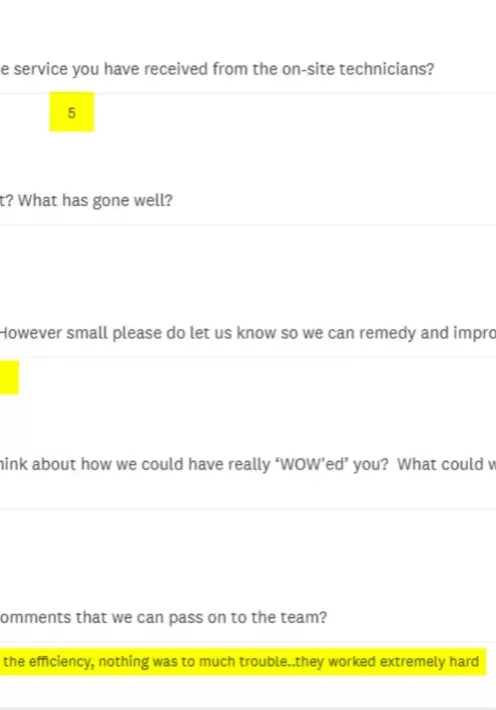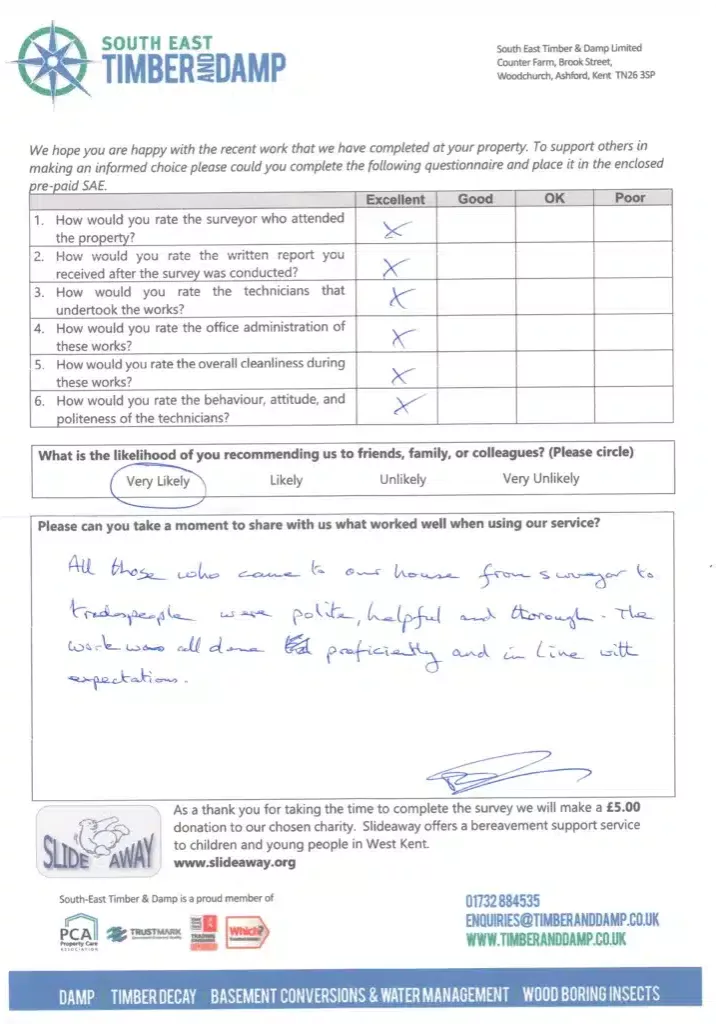Issue: Potential treatment for wet rot in 1880s terraced house in Whitstable
Survey Type Booked - Snapshot £95 + VAT
We were asked to attend a meeting between a landlord and tenants at an 1880s terraced house in the wonderful seaside town of Whitstable, Kent, to investigate a possible requirement for wet rot treatment for a suspended timber floor in a communal hallway.
Reports of bounce and movement from the tenants had prompted the landlord to pay for a snapshot survey to have one of our surveyors attend and give advice following an investigation.
Upon arrival, it was immediately evident that the budget laminate floor coverings over the original suspended timber floor were uneven, and gaps had opened up between the sections of laminate panelling.
Laminate flooring such as this or engineered wood flooring is usually a surveyor’s nightmare as it is very difficult to take up and investigate beneath; however, we were able to lift the entrance hallway foot rug directly adjacent to the entrance door and lift the original flooring up there.
Requiring Treatment for Wet Rot
There was such movement in the suspended timber floor that we advised everybody to stay at the other end of the hallway and not all congregate on the same part of the floor.
Investigations beneath revealed that a severe wet rot decay issue had affected the wall plates and joists and also the original floorboards.

Solution - Treatment For Wet Rot
Unfortunately, in issues where there is more than one party involved in making the decision, carrying out remedial works can take a number of weeks to be made.
Therefore, the very first piece of advice Dean gave was to introduce some 25 mm plywood spanning the entire width of the hallway (approximately 1.2 m) to spread the weight along the hallway length as the floor structure had become unsound.
As part of the treatment for wet rot, a new suspended timber floor would need to be introduced after the entire removal of the original structure.
Sub-floor airflow would have to be increased directly beneath the entrance doorway and to the surrounding sub-floor areas to help introduce improved free airflow below the floor.
As long as the correct grade, industrially pre-treated timbers were used in the reconstruction, with physical protection at the contact point between naturally damp affected masonry and the new timbers working in partnership with the improved sub-floor ventilation, the new floor should have a lifespan of many years.
Note: The issue with the floor is that it had gradually been getting worse and was first reported over six years ago. However, as no appropriate action was taken or any investigations carried out, the situation had now become more costly and inconvenient for residents.
It is always financially beneficial to attend to these issues as early as possible when first noted or reported.

Testimonials
More from our clients
“The whole crew were excellent and informative. I would definitely recommend South East Timber & Damp.”
M Peacock, Damp issues
“We got a quote at the start and that’s what we paid at the end. I’d definitely recommend South East Timber and Damp.”
Nick Ibb
“Our experience of the survey and the surveyor was great. The communication was second to none.”
Diana Knight

Need help? Book a survey at a time to suit your schedule
Our mission is to give you the peace of mind you deserve when it comes to waterproofing your house or business. Commission a survey from our team to assess your situation professionally.

